Researchers are working on creating ‘smart bandages’, a high-tech update on a simple bandage that may monitor, evaluate, and respond to how a wound is healing to speed up the healing process. Some versions of them will also let medical professionals administer care remotely read more
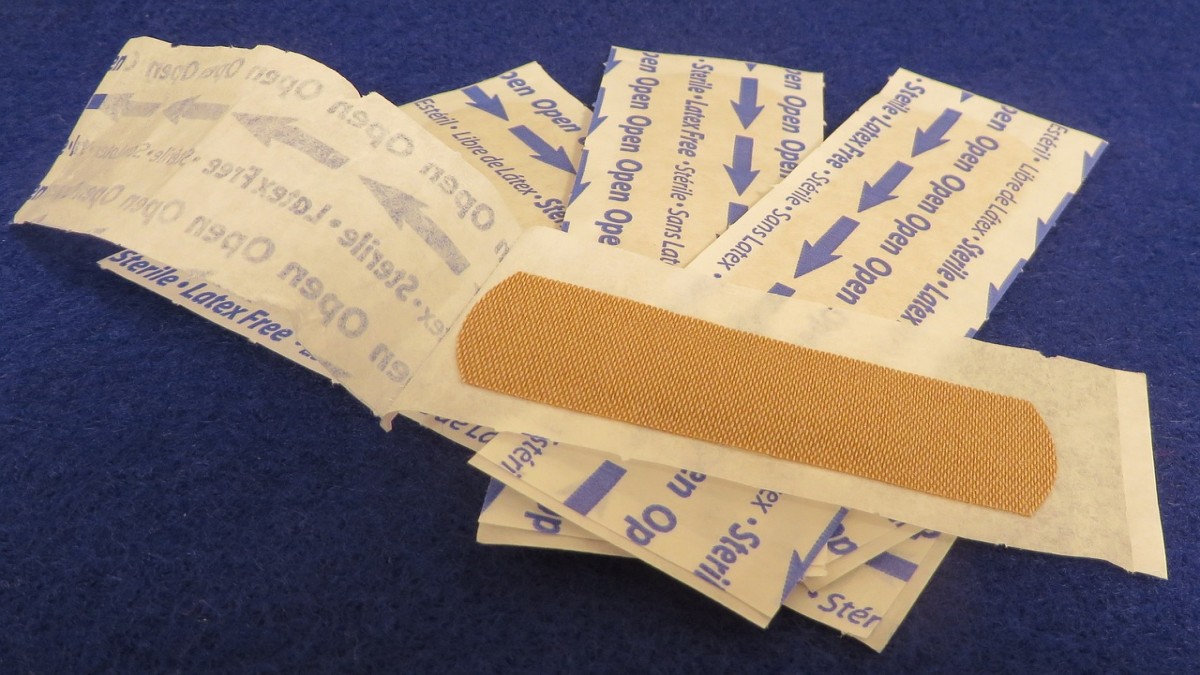)
The new smart bandages will be equipped with small sensors that can track the healing process of wounds. Pixabay/Representative Image
Bandages are essential medical supplies for any first aid kit.
However, these basic bandages may soon undergo a significant change.
Researchers are working on creating “smart bandages,” a high-tech update on a simple bandage that may monitor, evaluate, and respond to how a wound is healing to speed up the healing process.
Some versions of them will also let medical professionals administer care remotely.
Here’s how.
Smart bandages
The new smart bandages will be equipped with small sensors that can track the healing process of wounds, as was recently mentioned in the Wall Street Journal’s (WSJ) Future of Everything podcast.
They are equipped with better microsystems and flexible electronics and are a part of the rapidly growing wearable technology market.
For instance, the Defence Department’s research arm, Darpa, has announced $55 million to support the development of bioelectronics to promote wound healing.
Though a minor cut or scratch probably wouldn’t require such high-tech ability, it would greatly benefit serious hospital-treated wounds or chronic wounds.
Many of these innovative bandages are still in the early stages and won’t be reaching the market anytime soon.
Some are even being tested on humans or animals, while others are still in the lab.
It’s too soon to tell how insurance would cover them, the production of smart bandages may be more expensive than that for traditional devices.
Yet, early infection diagnosis and treatment, according to WSJ citing researchers, may eventually save lives and reduce medical expenses.
Guillermo Ameer, a biomedical engineer and professor at Northwestern University tells Wall Street Journal, “It’s a very hot area right now. When we first started in this area five years ago, there were very few people, very few labs, looking at smart systems or smart bandages.”
“Now we have many researchers and colleagues not only in the United States but in China and Europe, that are pursuing this.”
Possibility of remote care
Unlike basic bandages, smart bandages come with a portion of electrical circuitry, which can be removed from the pocket and replaced with a fresh bandage whenever it needs to be changed.
Many circuits are flexible, such as the one created by a Stanford University-led research team and published in a 2022 report in the National Institute of Health (NIH).
There are various versions of smart bandages now seen at medical conferences and exhibitions.
Many of them include tiny electronics that can wirelessly provide information to a doctor about how a wound is healing.
Some will allow treatment to be administered remotely by the physician.
“You could have healthcare centres that monitor these devices and contact the patients when there’s a potential problem and advise them on next steps. I think it really is the future,” Dr William Tettelbach, a wound-care specialist and president of the American Professional Wound Care Association tells WSJ.
Different types of smart bandages
- A smart bandage that delivers electrotherapy
A bandage that can detect illness and give electrotherapy, or a zap of electricity, to accelerate recovery is being tested on mice and rats by researchers at the University of Pennsylvania and Rutgers University.
This innovation is in line with several studies indicating that electrical stimulation can enhance wound healing by boosting immune cell migration to eradicate bacteria and dead cells at the site of the injury.
“They envision the bandage sending reports via a cellphone app,” Yuanwen Jiang, an engineer and assistant professor at the University of Pennsylvania working on the project with Simiao Niu, an engineer and assistant professor at Rutgers University told WSJ.
“The bandage will be able to transmit the signals of the wound in real time to the physician, so they will be alerted if there’s anything that’s dramatically off-track happening,” says Jiang, who was previously a postdoctoral fellow at Stanford and co-author of the 2022 study.
In addition, the bandage might provide antibiotics, which could be kept in a hydrogel or tiny capsule.
If an infection occurs, a doctor could remotely instruct to open a valve and apply ointment directly to the location.
The idea is that an early antibiotic delivery and easy wound healing would prevent a surplus of collagen, which can lead to scarring. Next year, the team intends to begin human testing, as per the report.
Ameer, a principal investigator at Northwestern, is leading teams developing two smart bandages that have been tested on mice and are currently being tested on pigs.
- A bandage with electrodes
With two electrodes — one placed on top of the wound and the other surrounding it — another version of smart bandage uses electrical currents to detect the wound’s moisture content.
A dryer atmosphere denotes that healing has progressed, whereas moisture suggests the wound is still trying to heal.
Using wireless technology, the bandage allows a doctor to remotely programme the electrodes to give electrotherapy, which stimulates the creation of new skin cells and blood vessels.
The system is powered by a small coil included in the bandage, much to those seen in wireless charging smartphones, and the entire electrical apparatus is shielded by transparent tape for protection.
The entire bandage dissolves after its purpose is fulfilled because the electrodes are comprised of molybdenum, a metal that is thin enough to biodegrade.
Next year, the researchers want to begin testing both bands on humans.
- The one with LED
A group at the University of Southampton in England is working on other possibilities.
One of these is a bandage that sterilises a wound while it heals by emitting ultraviolet-C light through small LED bulbs.
There aren’t any animal trials for the bandage yet.
- Going beyond wounds
Led by engineering professor Steve Beeby, the Southampton team is also developing a bandage that utilises a moisture-detecting sensor to track atopic dermatitis, a common form of eczema that causes cracked, dry skin.
Doctors receive the information, which they might use to assess the efficacy of a treatment.
The need for smart bandages
A significant proportion of patients experiencing wound complications are diabetics.
The US Centers for Disease Control and Prevention (CDC) estimates that 160,000 adult diabetics would require amputation hospitalisation in 2020.
Based on a study published in the Journal of Medical Economics, Medicare spent an estimated $22.5 billion treating all chronic wounds in 2019.
With inputs from agencies

 3 months ago
10
3 months ago
10

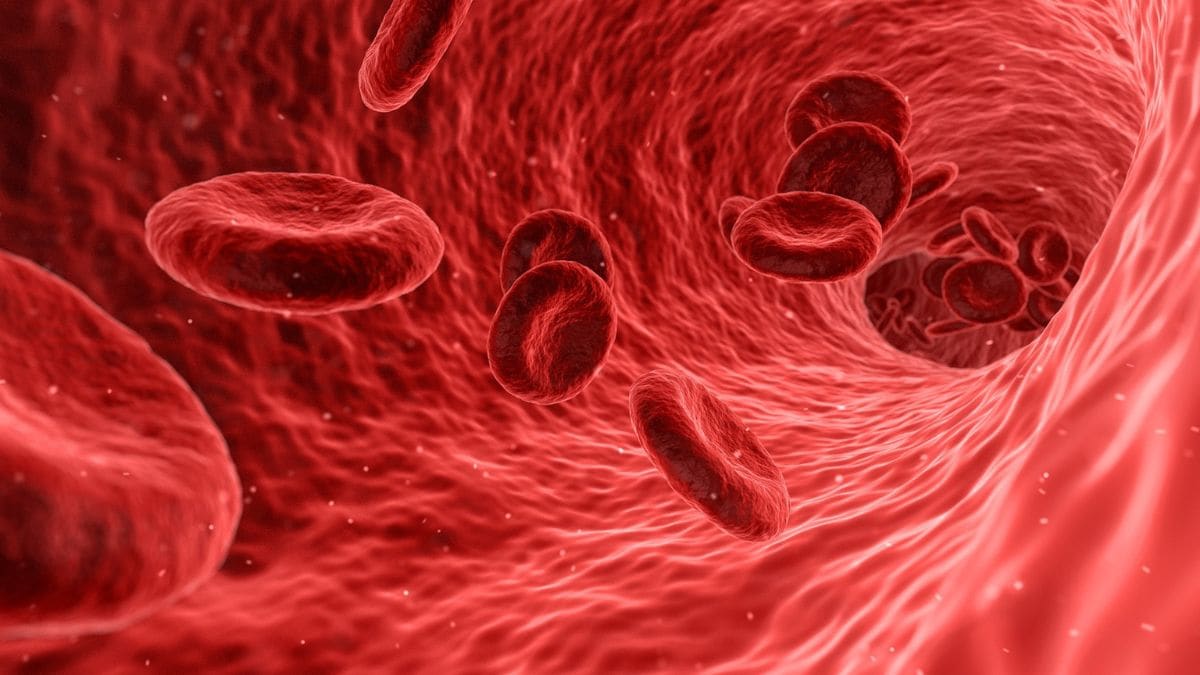
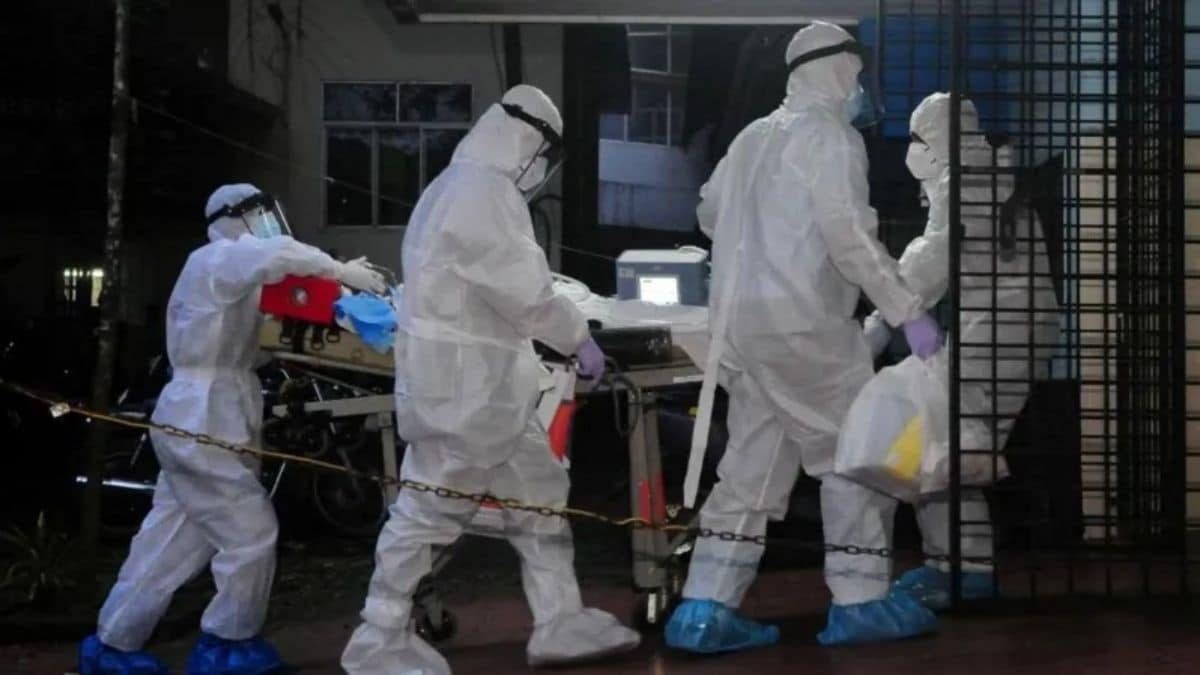






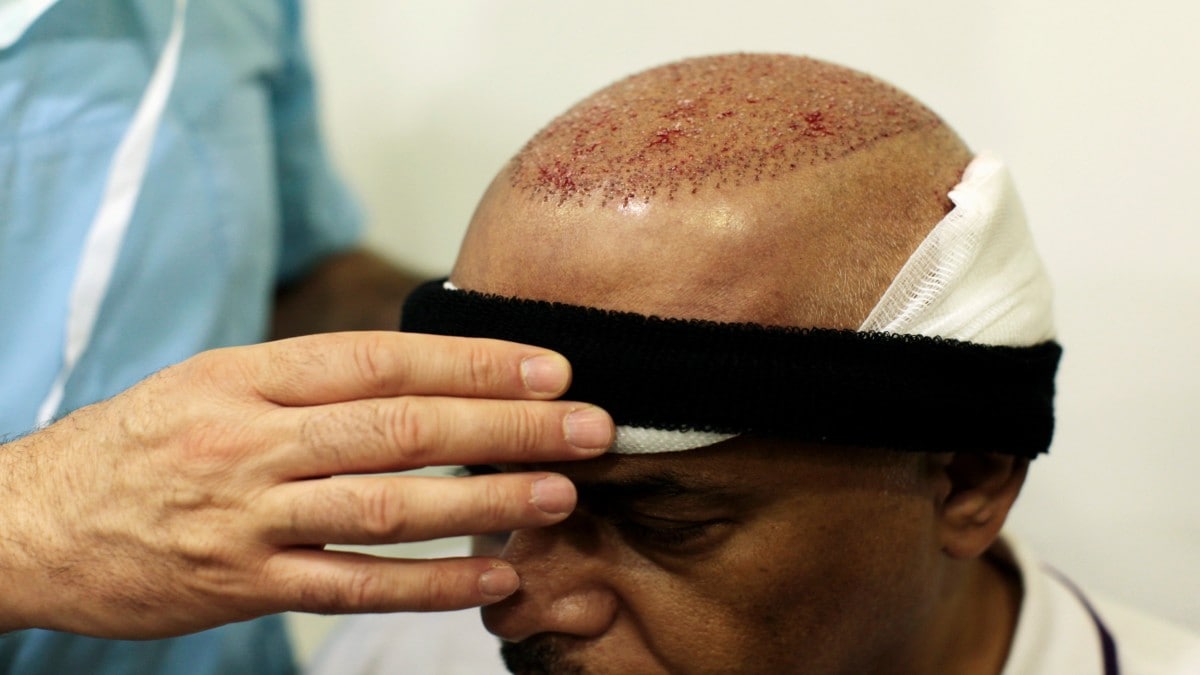





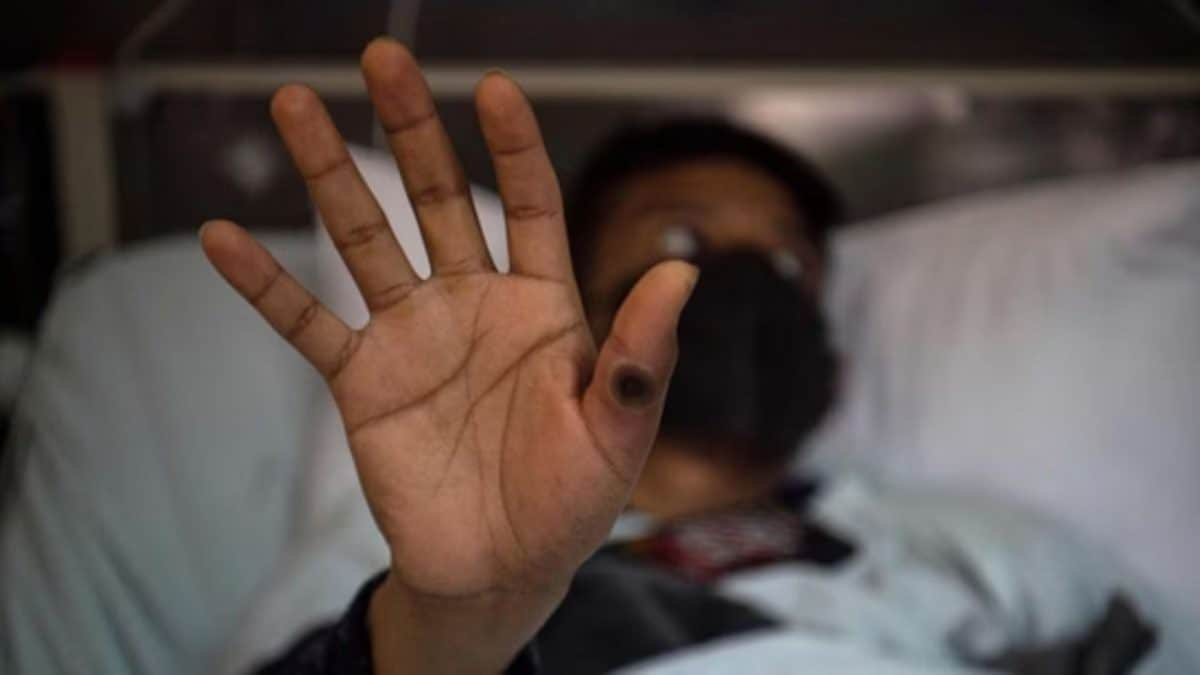
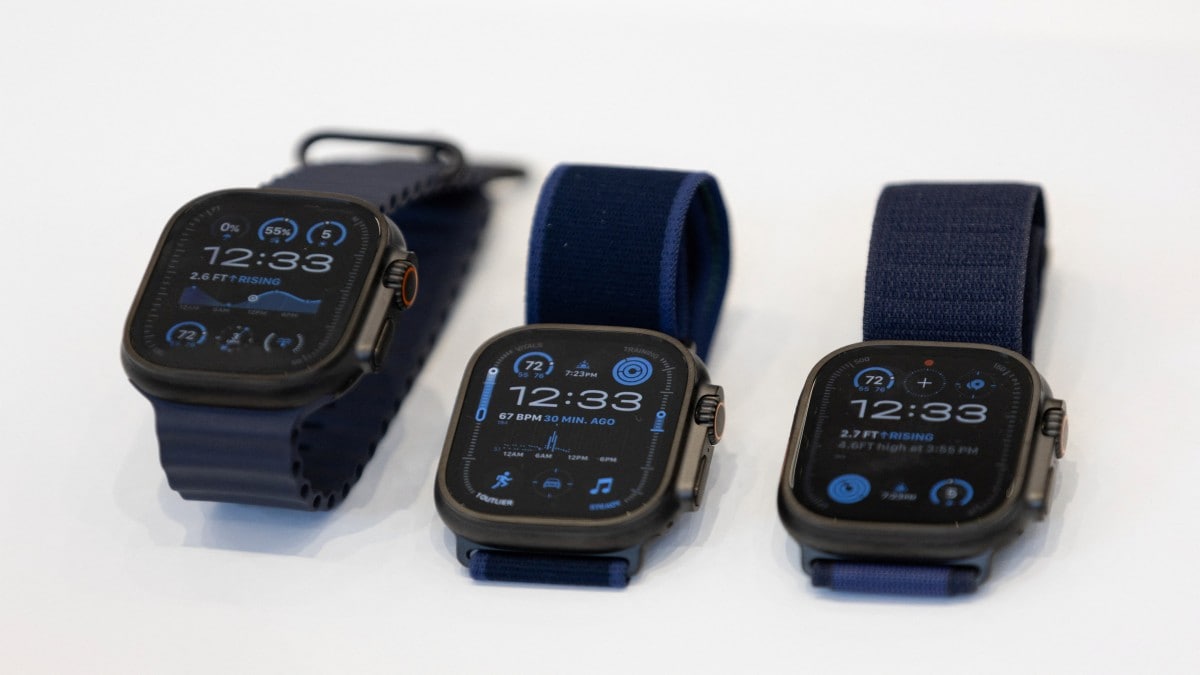

)
)
)
)
)
)
)
 English (US) ·
English (US) ·